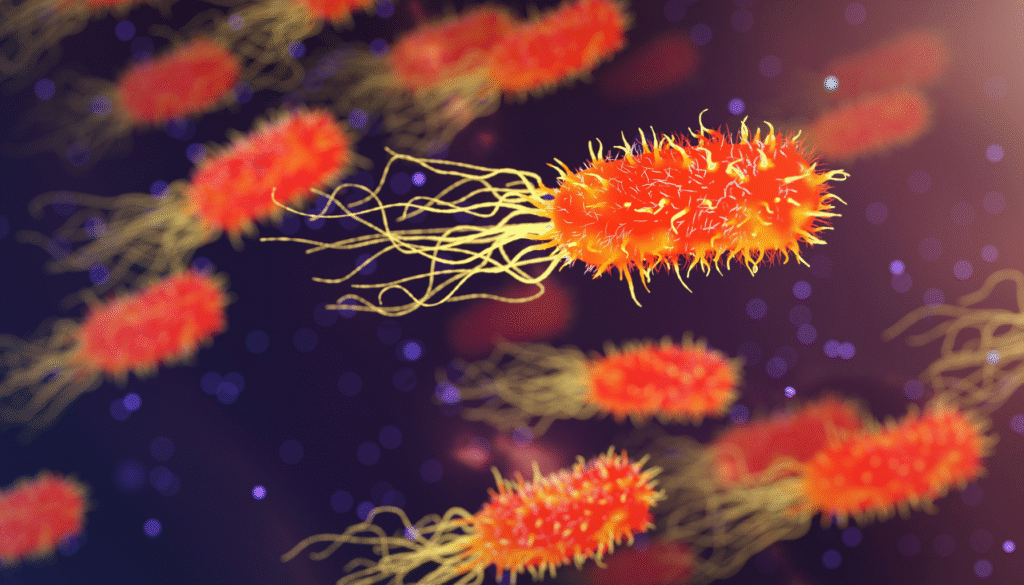Plastic is everywhere—from packaging and bottles to clothing and electronics. While it’s incredibly useful, plastic is also a massive environmental problem, taking hundreds of years to decompose and polluting ecosystems across the planet.
But what if nature already had a solution?
In recent years, scientists have discovered bacteria that can break down plastic—not over centuries, but in weeks or months. These organisms offer an extraordinary glimpse into a future where plastic waste could be consumed, neutralized, and even turned into something useful.
Let’s explore the bacteria that could eat our pollution problem—and possibly save our planet in the process.
The Plastic Problem: A Quick Snapshot
Every year, the world produces over 400 million tons of plastic. Of that, at least 8 million tons end up in the oceans. Microplastics are now found:
- In fish
- In rainwater
- In human blood
- Even in unborn babies
Traditional recycling helps—but not enough. Less than 10% of all plastic ever produced has been recycled. The rest is burned, buried, or drifting through nature.
We need a biological solution—and nature might be one step ahead of us.
The Discovery of Plastic-Eating Bacteria
In 2016, Japanese researchers made headlines with a groundbreaking discovery: a bacterium named Ideonella sakaiensis could break down PET plastic (polyethylene terephthalate), the same material used in most drink bottles and food containers.
The bacteria were found near a plastic recycling plant in Osaka—and not by accident. They had evolved the ability to digest plastic as an energy source.
How It Works:
- The bacteria secrete enzymes called PETase and MHETase.
- These enzymes break down the plastic into smaller molecules.
- The bacteria then consume those molecules as food.
- The byproducts are harmless and biodegradable.
Nature, once again, is adapting to human impact.
Other Microbes Joining the Fight
Since then, scientists have discovered more organisms that can digest plastic-like materials:
- Pseudomonas putida — Found in soil and capable of breaking down polyurethane, often used in foams and insulation.
- Waxworm caterpillars — Not bacteria, but larvae that can chew through polyethylene (shopping bags).
- Bacillus and Enterobacter strains — Found in landfill sites, capable of breaking down various synthetic polymers.
Some fungi, like Aspergillus tubingensis, have also shown the ability to degrade plastics in lab environments.
From Waste to Resource: Can We Use This at Scale?
The potential is huge—but there are challenges.
Benefits:
- Eco-friendly plastic cleanup
- Low-energy process compared to industrial recycling
- Potential for closed-loop systems (turning waste into raw materials again)
Challenges:
- Most microbes work very slowly at room temperature
- They often only digest specific types of plastic
- Scaling the process for industrial use requires bioreactor technology and careful control
However, researchers are already genetically engineering bacteria to work faster, survive in harsher conditions, and digest more complex materials.
The Role of Synthetic Biology
Thanks to advances in synthetic biology, scientists can now enhance these natural systems.
For example:
- PETase has been modified in the lab to work at higher temperatures, speeding up breakdown rates.
- Bacteria can be engineered to produce valuable byproducts, like biofuels or building blocks for new plastics.
We’re entering a future where plastic might be biologically recyclable—without high heat, toxic chemicals, or massive carbon emissions.
Can These Bacteria Save the Oceans?
In theory, yes. But ocean environments are far more complex than lab conditions. Challenges include:
- Ocean temperatures slowing bacterial metabolism
- Diluted plastic concentrations reducing efficiency
- Potential ecological impacts of introducing modified organisms into marine ecosystems
For now, the best application of plastic-eating microbes is likely in:
- Landfill sites
- Wastewater treatment plants
- Bioreactors for recycling facilities
But as technology advances, ocean cleanup might not be off the table.
Final Thoughts: A Microscopic Solution to a Massive Problem
The idea of bacteria eating plastic sounds like science fiction—but it’s real, and it’s happening now.
As we search for solutions to the plastic crisis, nature may already be showing us the way. These tiny organisms aren’t just breaking down garbage—they’re breaking open a new era of sustainable innovation.
The future of recycling might not be mechanical—it could be biological.



